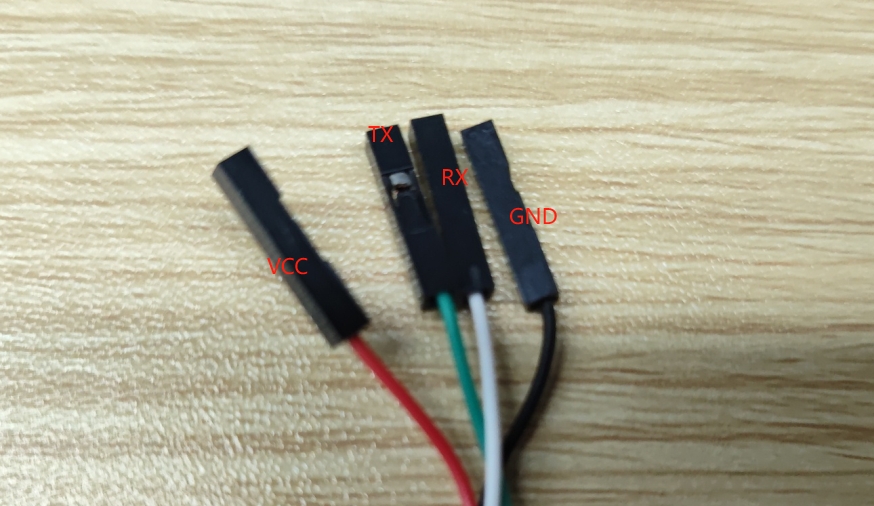02-Quick_Start_Guide
This guide aims to help users quickly get started with the motherboard, covering power-on, display connection, debug serial port, ADB, SSH connections, and more.
Powering On the Board
Power Supply Methods
The K4B supports TYPE-C 5V power supply, as shown below:

LED Status
The development board is equipped with two LEDs. By default:
Green LED: Power indicator (remains lit when powered on).
Blue LED: Heartbeat indicator (blinks continuously after the kernel boots).
Troubleshooting:
If the power indicator is off, check the power supply.
If the heartbeat indicator does not blink, the system may be malfunctioning.
Display
The motherboard supports LVDS and MIPI displays.
The default system is configured for a 7-inch LVDS screen. To switch to other displays, burn the corresponding image by following Image Burning.
Important: Always power off the motherboard before connecting a display.
Supported MIPI Displays
Model
Size
Resolution
Touch Support
AT101DS40I
10.1-inch
800x1280
Y
MX101BA1340
10.1-inch
800x1280
Y
MX080B2140
8.0-inch
800x1280
Y
F050008M01
5.0-inch
720x1280
Y
Supported LVDS Resolutions
Resolution
Touch Support
1024x600
Y
Included 7-inch LVDS Screen:
Model: MX070IBC
Hardware Wiring:

Debug Serial Port
Baud Rate
Set the debug serial port baud rate to 115200.
Debug Cable Description
The provided debug cable has four wires:
Red: VCC (do not connect)
Green: TX
White: RX
Black: GND
Connection: Only connect TX, RX, and GND. Ensure your debug tool supports 115200 baud rate.

Debug Pins on the Board
The K4B debug pins are a separate 3-pin header (not part of the 30-pin expansion header):

Wiring Method:

Serial Terminal Software Setup (MobaXterm)
Download:
Internal path:
5-DevelopmentTools\UART_DebugTool\MobaXterm_Portable_v20.3.zipOfficial site: https://mobaxterm.mobatek.net/
Configuration Steps:
Create a new session.
Select "Serial" as the session type.
Choose the COM port (check in Windows Device Manager > Ports).
Set baud rate to 115200.
Start the session.

ADB
ADB (Android Debug Bridge) is a debugging tool for Android systems. It supports USB or network connections for app installation, file transfer, and command execution.
For usage details, see ADB_Tutorial
SSH
SSH (Secure Shell) enables secure remote access over a network.
To connect, obtain the board’s IP via the serial port or router admin page.
For instructions, see SSH

FAQ
Power Supply Issues
Symptom: The green LED dims or flickers when connecting high-power peripherals, causing system instability. Solution: Ensure the power supply meets the total power requirements of all connected peripherals.
Last updated